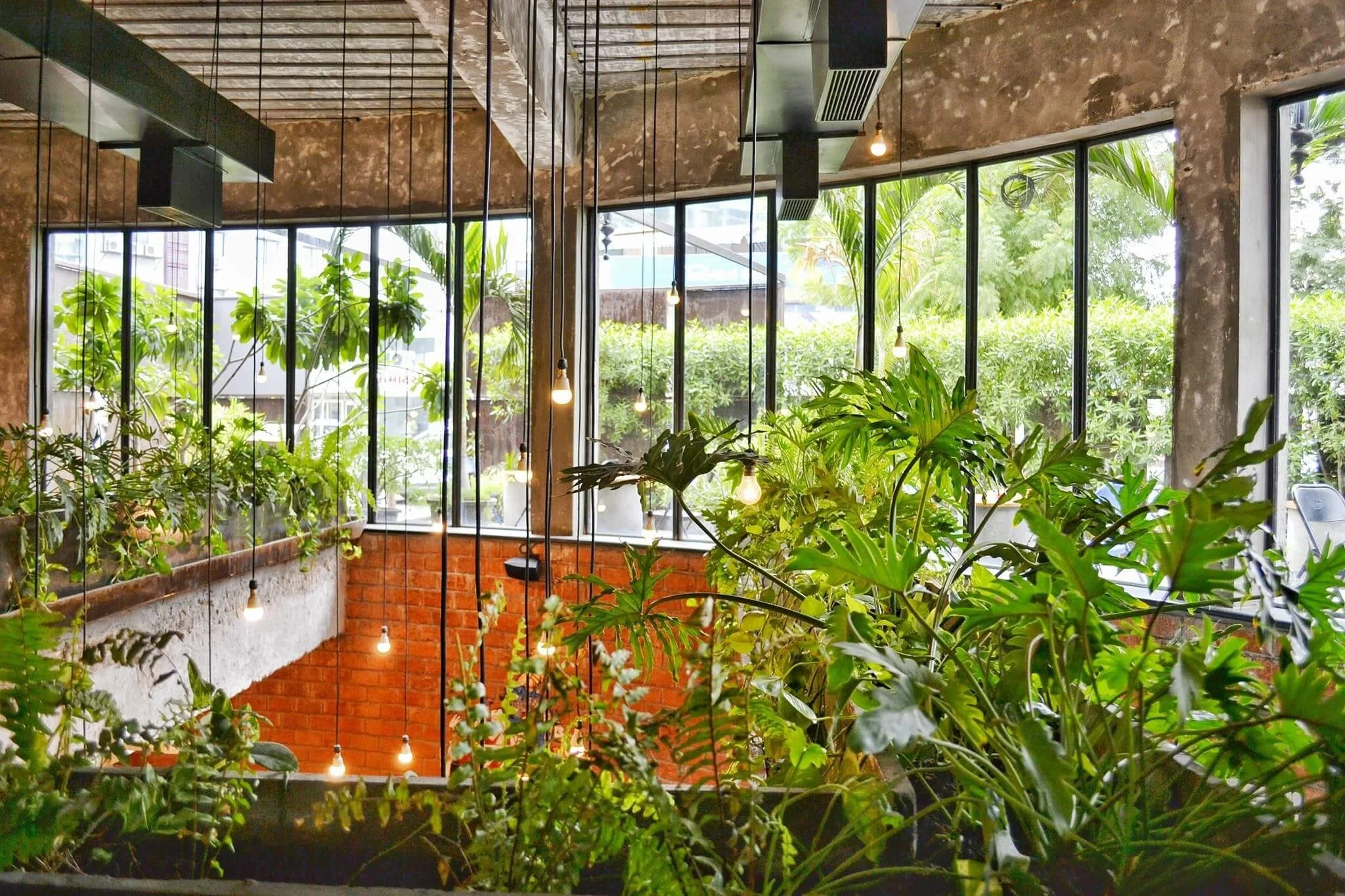10 Benefits and Challenges of Green Architecture
As you might already know, our world faces the most crucial emergency today, the 'climate crisis.' According to research findings done by the Intergovernmental Panel on Climate Change (IPCC), we only have eight more years, or until 2030, before we enter the world of 'climate catastrophe' where the effects of climate change become irreversible.
Numerous companies have been taking sustainable actions to help mitigate climate change, starting from carbon accounting. They quantify the number of Greenhouse Gases (GHG) emitted by their organization and make a better carbon strategy toward sustainability.
Meanwhile, in the architecture industry, the response is the rise of Green Architecture. It is an approach to construction with the environment in mind—using sustainable energy sources and making efficient and innovative designs to lessen environmental impacts. And in this article, we'll discuss the benefits and challenges you should know as you take this huge step toward going green.
Benefits of Green Architecture
There are many benefits to going green in architecture, but here are the five main ones.
Energy-Efficient
One of the benefits of Green Architecture is being energy-efficient. By using renewable energy sources, homes get away with relying on coal energy, which is the main contributor to global warming and climate change. Leadership in Energy Efficient Design (LEED) buildings become a standard in green construction as they take advantage of the energy coming from the sun with the use of solar panels.
Aside from that, these buildings allow natural sunlight to enter and keep your indoors insulated. This avoids using artificial lighting in the morning and heaters on cold days.
Another upside of green eco-friendly buildings is water conservation. A technology that harvests rainwater is an excellent help to conserve water. The water collected can be used in flushing toilets. And when treated at a ground tank using some biological filters, you can even use it in gardening.
Waste and Pollution Reduction
Green Architecture also focuses on waste reduction. In construction, this approach advocates for reusing construction materials like concrete to control the overall ecological footprint. The use of compost bins on all green buildings also helps.
Pollution is also one thing that gets cleared in energy-efficient buildings. The lesser you use fossil fuels, the lesser amount of your GHG emissions, which pollute the air.
Better Air Quality
Since green buildings utilize eco-friendly materials, you can expect better indoor air quality. Using plants to design the interior can also help maintain air circulation. And with the improved air quality, the risk of pulmonary diseases is also reduced.
Optimized Environment
When it comes to green architecture, the environment is being preserved and maintained. The design of green buildings always has a touch of nature, which also helps improve your psychological state. Seeing greenery and hearing natural sounds will help you concentrate and enjoy recreational exercises.
High Market Value
Since people are becoming more aware of our environmental challenges, green buildings have also become popular. This rising demand for sustainable homes results in a higher market value. Not to mention the lower maintenance cost; who would not like that?
According to real estate experts, a typical green building could be sold for a premium price of 7% more than a standard one. That said, green buildings have an excellent return on your investment in construction.
Challenges of Green Architecture
While green architecture has many advantages, you'll still face some challenges. These include:
High Initial Investment
While green architecture is cost-effective in the long run, the initial investment can still be a problem for many. Many people want to live in a sustainable home but cannot afford to do so because of the cost of construction. The price you pay in construction may even depend on how many eco-friendly technologies you will use in the building.
Availability of Sustainable Materials
One factor that affects the high initial investment is the availability of green construction materials. The materials are not often available in every part of the world, and it can take a little time and money when shipped.
Besides the construction materials, finding sustainable technologies can also be challenging and costly. Because they are still slightly new and have limited capacities to some factors, choosing which one suits your needs is difficult.
Finding The Right Workers
Another challenge that may cost you a fortune is finding workers with the expertise in building sustainable homes. As we know, green architecture is still new to the industry. Finding experienced workers to help you with this initiative will not be easy.
Location
Green buildings are not suitable for all locations since they utilize solar energy as much as possible. So, it's best to have these structures constructed in regions where sunny days are longer. The only factor that you should look out for is climate change.
Changes in Energy Supply Due to Weather
The weather outside may impact your energy supply if your green home uses alternative green energies, such as solar power.
For instance, if the rain pours for an extended period of time, there's a good chance you'll eventually run out of power. Therefore, it will be wise to have a backup plan where green buildings may use conventional energy in an emergency.
Final Words
Green architecture provides us with sustainable ways of living. It sure has many benefits but also holds many challenges. So, learning some sustainable techniques for construction and making more cutting-edge technologies to support this initiative will help us move forward to a greener future.
After having a clear overview of green architecture, we give you the decision of whether to invest in a green home or not.
Author: Chatty Garrate







